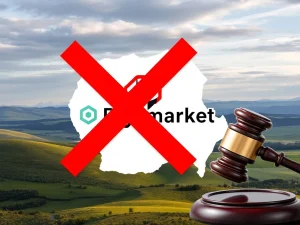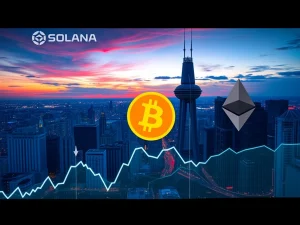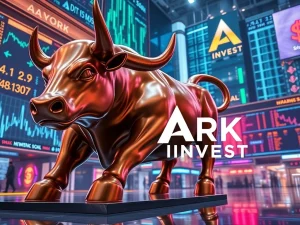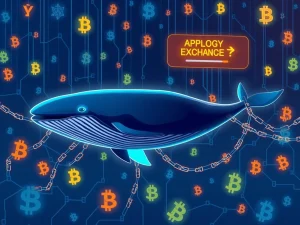Breaking: Coinbase Institutional Seeks CFTC Approval for XRP Futures Trading
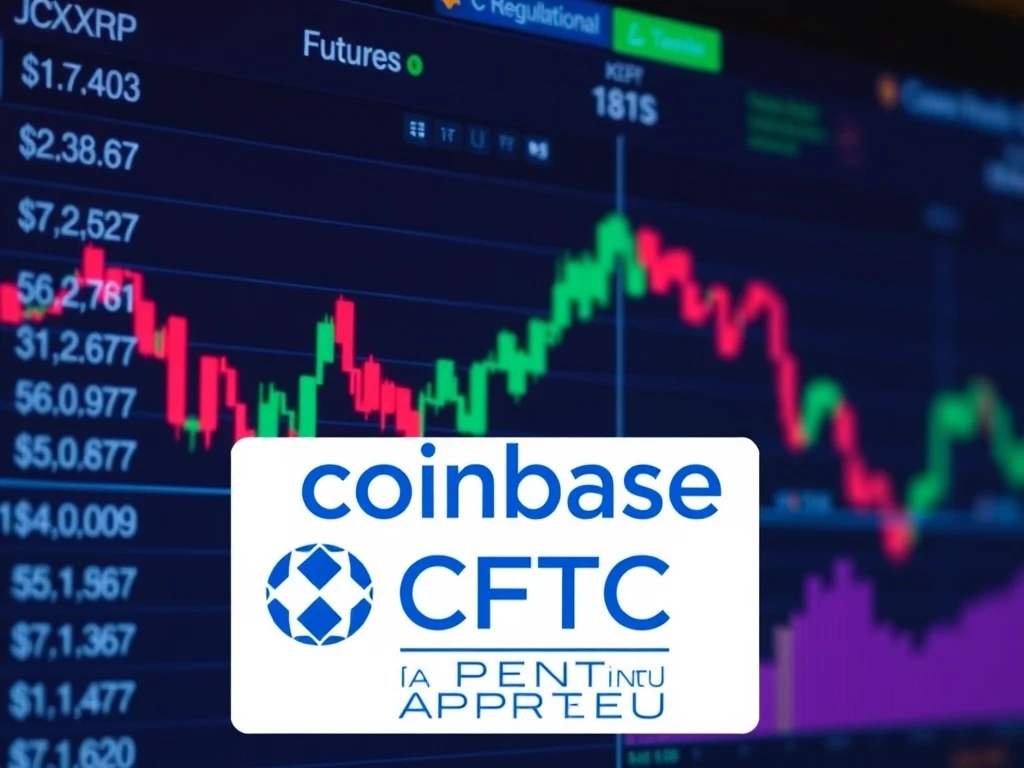
Exciting news for XRP enthusiasts and institutional investors! Crypto giant Coinbase Institutional has made a significant move by filing with the US Commodity Futures Trading Commission (CFTC) to offer XRP futures contracts. This development signals a potential expansion of regulated crypto derivatives trading for XRP within the United States. However, market sentiment paints a mixed picture, as funding rates for XRP derivatives remain stubbornly negative, hinting at underlying bearish pressures. Let’s dive into what this means for the future of XRP and the broader crypto landscape.
What’s the Buzz Around Coinbase Institutional and XRP Futures?
Coinbase Institutional, the arm of Coinbase catering to institutional clients, announced its bold step towards listing XRP futures on April 3rd. In a statement, they highlighted their aim to provide “a regulated, capital-efficient way to gain exposure to one of the most liquid digital assets.” The exchange anticipates the XRP futures contract to go live as early as April 21st, pending CFTC self-certification. This move underscores Coinbase’s commitment to expanding its offerings in the regulated crypto space and catering to the growing institutional demand for diverse crypto investment products.
Delving into the Details of the XRP Futures Contract
According to the filing, the proposed XRP futures contract, symbolized as XRL, will be a monthly, cash-settled, and margined contract. Here are the key specifications:
- Settlement: Cash-settled in US dollars.
- Contract Size: Each contract represents 10,000 XRP.
- Value: Approximately $20,000 per contract based on XRP’s price of $2 (as of the article’s writing).
- Trading Cycle: Current month and the subsequent two months.
- Price Fluctuation Safeguard: Trading pauses if spot XRP prices fluctuate by more than 10% within an hour – a crucial volatility control measure.
Coinbase Institutional also emphasized that they have engaged with Futures Commission Merchants (FCMs) and various market participants who are supportive of launching an XRP futures contract. This proactive approach suggests a well-thought-out strategy to ensure market participation and liquidity.
Why CFTC Regulation Matters for XRP Futures Trading?
The involvement of the CFTC is paramount. CFTC regulation provides a layer of oversight and investor protection that is often absent in unregulated cryptocurrency exchanges. For institutional investors, regulatory clarity is a major factor in their investment decisions. A CFTC-regulated XRP futures product from a reputable platform like Coinbase Institutional can significantly enhance the appeal of XRP as an investment asset for institutions. This move signals a growing maturity in the crypto market, with increased emphasis on compliance and regulatory frameworks.
Coinbase Isn’t Alone: The Growing Landscape of Regulated XRP Futures
While Coinbase Institutional’s filing is noteworthy, it’s important to acknowledge that they aren’t pioneers in this space. Bitnomial, a Chicago-based crypto exchange, already launched what they claim to be the “first-ever CFTC-regulated XRP futures in the US” in March. This indicates a burgeoning trend towards regulated XRP futures trading within the United States. Globally, major centralized exchanges like Binance, OKX, Bybit, and BitMEX already offer XRP futures, demonstrating established international demand for these products.
Decoding the Bearish Signal: Negative Funding Rates in XRP Derivatives
Despite the positive development of potential new regulated XRP futures, a concerning trend persists: negative funding rates in XRP derivatives trading. As reported recently, XRP derivatives funding rates turned negative in late March, reflecting a shift towards bearish investor sentiment. But what do negative funding rates actually mean?
Understanding Funding Rates in Crypto Derivatives
Funding rates are periodic payments in perpetual futures markets designed to keep the futures price tethered to the spot price. The mechanism works as follows:
- Positive Funding Rates: Long traders (buyers) pay short traders (sellers). This typically happens when the perpetual futures price is trading at a premium to the spot price, incentivizing shorts and disincentivizing longs, thus pushing the futures price down towards the spot price.
- Negative Funding Rates: Short traders (sellers) pay long traders (buyers). This occurs when the perpetual futures price is trading at a discount to the spot price, incentivizing longs and disincentivizing shorts, thus pushing the futures price up towards the spot price.
Persistent negative funding rates, as currently observed in XRP derivatives, suggest that short traders are aggressively holding and even increasing their positions, willing to pay a premium to do so. This strong conviction from bearish traders signals prevailing negative sentiment in the XRP derivatives market. As of April 4th, CoinGlass data confirmed that XRP funding rates remained negative across major derivatives exchanges. This bearish undercurrent presents a contrasting perspective to the potentially bullish news of increased regulated access through XRP futures.
Navigating the Mixed Signals: What’s Next for XRP?
The filing by Coinbase Institutional to offer XRP futures under CFTC regulation is undoubtedly a positive step for XRP’s accessibility and legitimacy within the US institutional investment landscape. It signifies growing regulatory acceptance and provides a more secure avenue for institutions to engage with XRP. However, the persistent negative funding rates in XRP derivatives trading cannot be ignored. They indicate a significant portion of the market anticipates potential price declines, at least in the short to medium term.
The interplay between these factors will be crucial in shaping XRP’s price action in the coming weeks and months. Will the increased institutional access outweigh the bearish sentiment reflected in derivatives markets? Will smart traders capitalize on the negative funding rates by taking contrarian long positions? Only time will tell.
Key Takeaways:
- Coinbase Institutional has filed for CFTC self-certification to list XRP futures contracts.
- This move aims to provide regulated and capital-efficient crypto derivatives trading options for XRP.
- CFTC regulation is a significant positive for institutional adoption of XRP futures.
- Despite this positive news, XRP derivatives funding rates remain negative, signaling bearish market sentiment.
- The future price trajectory of XRP will likely be influenced by the balance between increased institutional access and prevailing bearish derivatives market signals.
Stay tuned to Crypto News Insights for further updates on this developing story and the ever-evolving world of cryptocurrency regulation and market dynamics!



